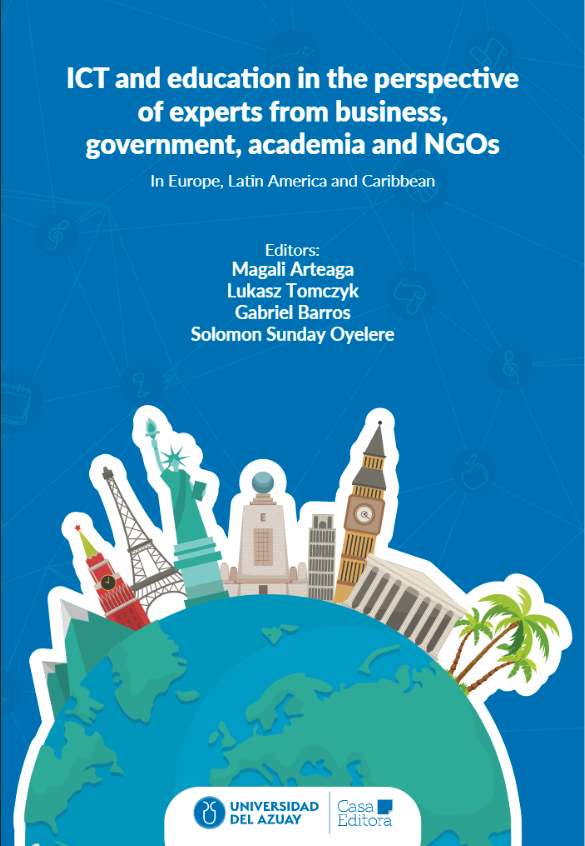Ict and education in the perspective of experts from business, government, academia and NGos

The overall aim of the book is to obtain the opinion of experts and actors that are involved in the provision of support to people with certain disabilities. The following actors and experts were consulted in the study: social workers, ICT experts, business experts, teachers with expertise in social and migrant issues. The study data collected has helped in the mapping of the issue at hand from four different viewpoints, including education, technical, business and non-governmental sectors. Given the complexity of the study as a multicontinental and multifaceted project, the researchers agreed on the use of a qualitative research method. An expert interview technique was used to collect rich and thoughtful opinion data from the four complimentary sectors. Most of the interviewees are well-known experts, who have accrued several years of working experience in either developing ICT-based solutions for education, implementing decision as top-level executive in the business sector or involved in providing care for the people with disabilities. The interpretative paradigm grounded was used to analyze the participants’ responses regarding the roles played by ICT in supporting inclusive education.
Furthermore, the analysis was undertaken to understand the roles played by the experts in bridging the interplay between education and ICT and to know about the impact of ICT in learning and inclusion processes. Each chapter explores the reality of the different countries and provides insights about the kinds of ICT tools used in current education settings. These notions of technology in terms of hardware, software, and communications have varied priority levels in the different counterparts. However, recurrent topics include digital divide, digital literacy, and their implications in teachers’ appropriation of technology, which effectiveness in technology integration could be tied to teacher involvement. The range of solutions includes the use of proprietary and open source learning environments. Thus, the use of commercial solutions could hinder some population segments from accessing materials. Open sourced projects like the Smart Ecosystem for Learning and Inclusion Platform (SELI learning platform, https://seli.uazuay.edu.ec/) are a need! In any case, it is possible that innovation resides in what people do as they appropriate technology and not in technology itself.

